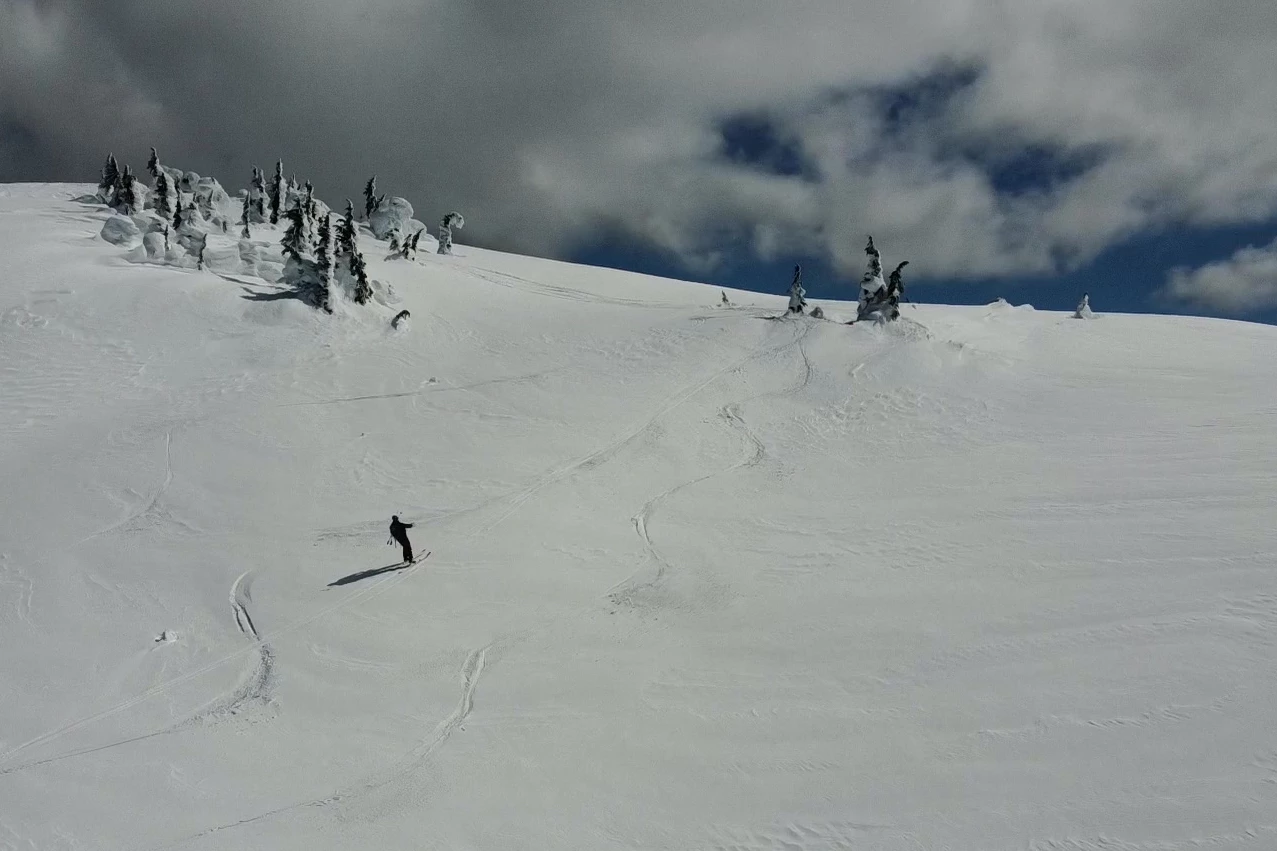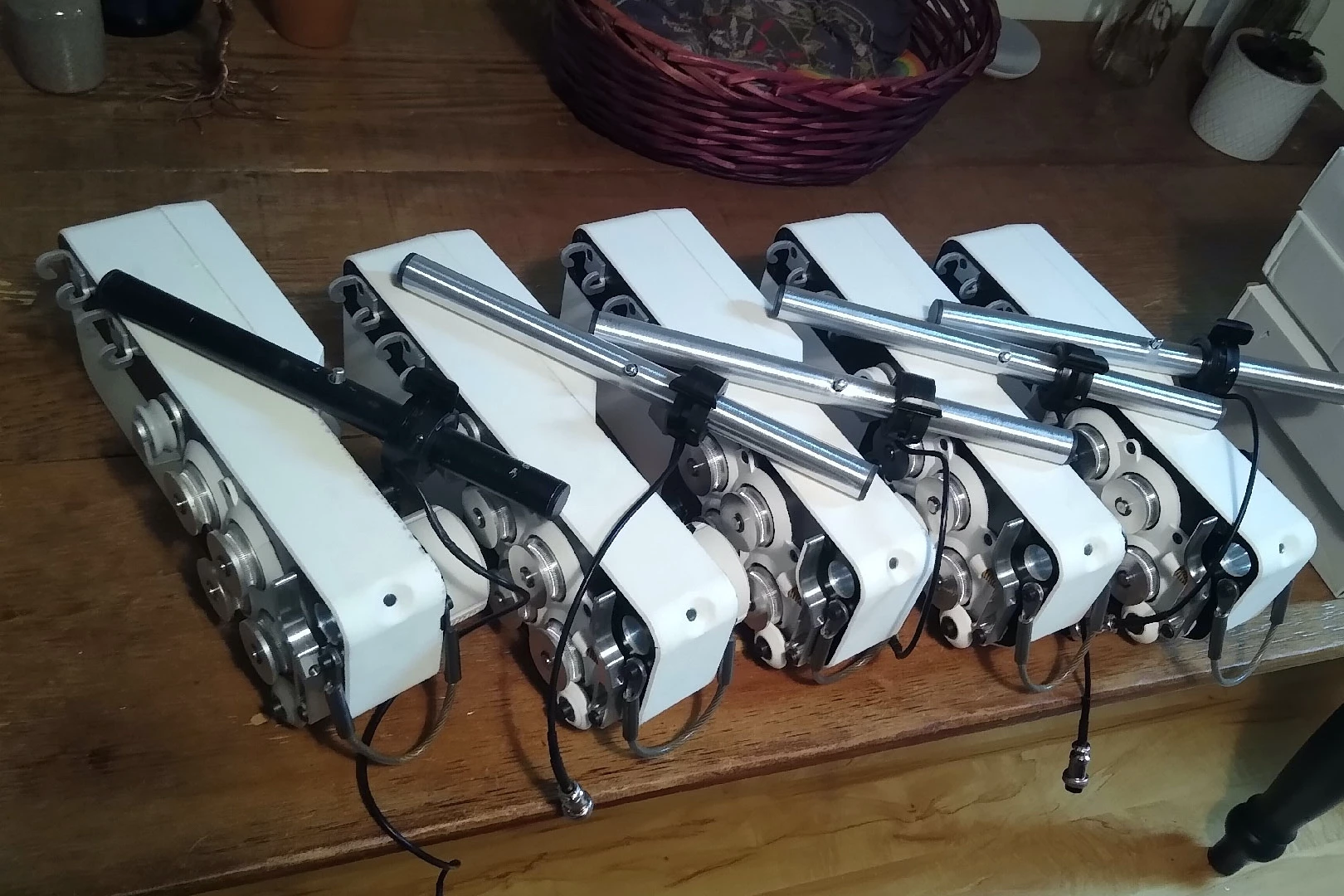Rope tows certainly make life easier if you're skiing at a groomed, established hill, but what if you're more into backcountry skiing? Well, that's where the Zoa PL1 comes in, as it's a portable rope tow that you set up yourself.
Currently in functional preproduction form, the device is about the size of a shoebox, and it incorporates a series of motorized rollers, a quick-swappable lithium-ion battery, and a bar-style handle with a thumb throttle switch. The current version weighs 10. 5 lb (4.8 kg), and can easily be stuffed into a daypack.
Users initially carry an included 1,000-ft (305-m) roll of paracord up to the top of the hill using touring skis, a splitboard or snowshoes. They then securely loop one end of the cord around a tree, snow anchor or whatnot, after which they ski (or snowboard) back down the hill while unravelling the rest of the cord behind themselves.
Upon reaching the bottom of the run, they grasp the paracord at any point along its length, thread it through the PL1's rollers, grab onto the device's handle, then activate its motor by pressing the throttle. The PL1 will proceed to pull itself and the user up the hill – the throttle is used to control the tow speed. For particularly long and/or steep runs, an included steel lanyard can be used to clip the device to a harness instead of holding onto its handle.

And that's pretty much it. The setup stays in place until the day's skiing is over, at which point the cord and the PL1 are simply carried back out in the user's daypack.
"We haven't published the price yet, but it will be comparable to high-end electric skateboards or mountain bike forks," Zoa Engineering's Robert Button tells us. "The battery can get you up to 800 m [2,625 ft] of vertical on a charge, but that will vary based on your weight, the slope, and other conditions."
Plans call for the Zoa PL1 to be the subject of a Kickstarter campaign, which will launch later this month. Potential backers can register for updates via the company website.
Source: Zoa Engineering via GearJunkie





